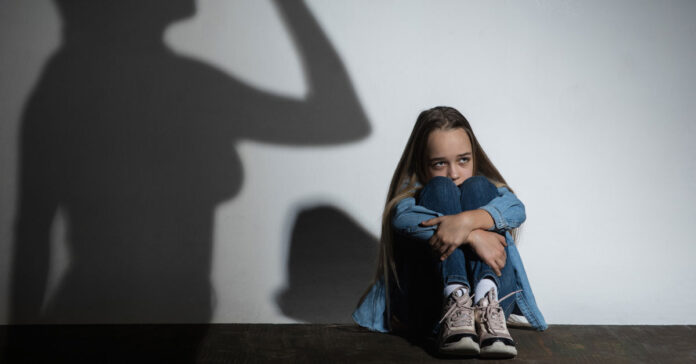Sexual abuse of a child is a form of Child Abuse. Many schools are educating children on the issue by inculcating age-appropriate information. But we are limiting ourselves to Contact form of Child sexual Abuse for example teaching kids about Good Touch, Bad Touch etc.
According to WHO,
“Any form of maltreatment to a child below 18 years of age is Child Abuse”
There is also another form of Sexual Abuse of a child that is, non-Contact form of Child Sexual Abuse. It includes Voyeurism, Exhibitionism and so on which amounts to Child Sexual Abuse legally and psychologically.
Impact of Sexual Abuse on the child
A child who is sexually abused may feel guilty and anger. The incident can be traumatic to the child who may socially withdraw. The child may have inexplicable fear. The child may start regressive behavior, turn to selective mutism.
POCSO Act, 2012
The Act deals with Sexual Offences against Children, Sexual Harassment, Abetment of and attempt to commit offense. The punishment ranges from 6 months to life imprisonment based on the severity of the offense. The act provides for child friendly courts.
Effectiveness of any law is equivalent to the number of people seeking justice and the number of agents working towards its implementation.
The Act acts as a Tertiary Prevention strategy i.e., It acts on damage control. It works with victims. Abuse has already occurred, and the act prevents further occurrence of abuse for the victim.
Society’s Role to surmount and prevent the Child Sexual Abuse
If there are any behavioral changes it is the responsibility of adults to provide comfort to the child and get to know the reason behind such change.
After the abuse has occurred, it is the responsibility of the Adults not to re-traumatize the child.
Why did it happen to you?
What mistake have you made?
If you speak out, family respect would be at stake…
All these re-traumatize the child. Empathizing with the child and getting to know what to do, where to go post-abuse rebuilds the confidence in the child.
Secondary Prevention Strategy is working with Vulnerable children i.e., Children who are intellectually disabled, children from broken families etc. Empowering Adults decreases the vulnerability of the child.
Primary Prevention Strategy is a Universal program. It is based on training every adult. It helps in preventing Abuse at community level.
How to train a child?
There is a SMART way of teaching children on the Sexual Abuse.
S– Speak up when your rights are being violated.
M– Move away as much as possible from a particular place where you feel safe.
A– Actively resist. Abuser looks for a long term relationship and does not approach if you actively resist.
R– Remember it is never your fault. Abuser tries to induce guilt in you.
T– Tell 3 trusted Adults who are from 3 different places for instance one parent, one teacher, one relative. It increases the chances of help and safety.
Educate every child about 1098- Child Helpline.


